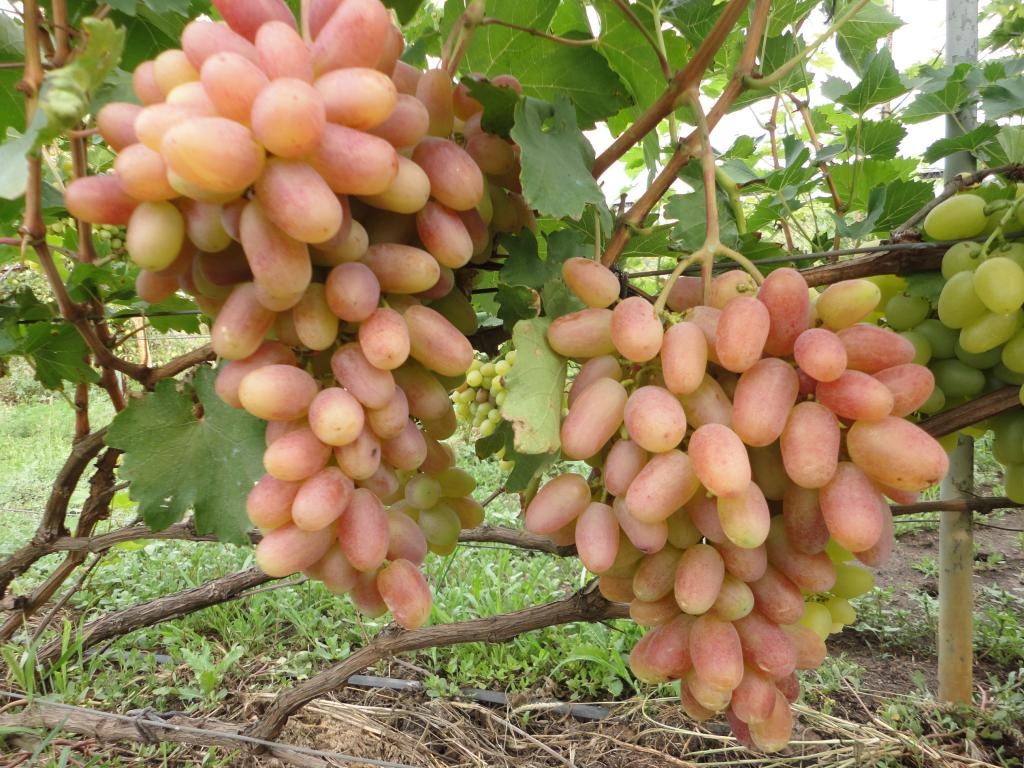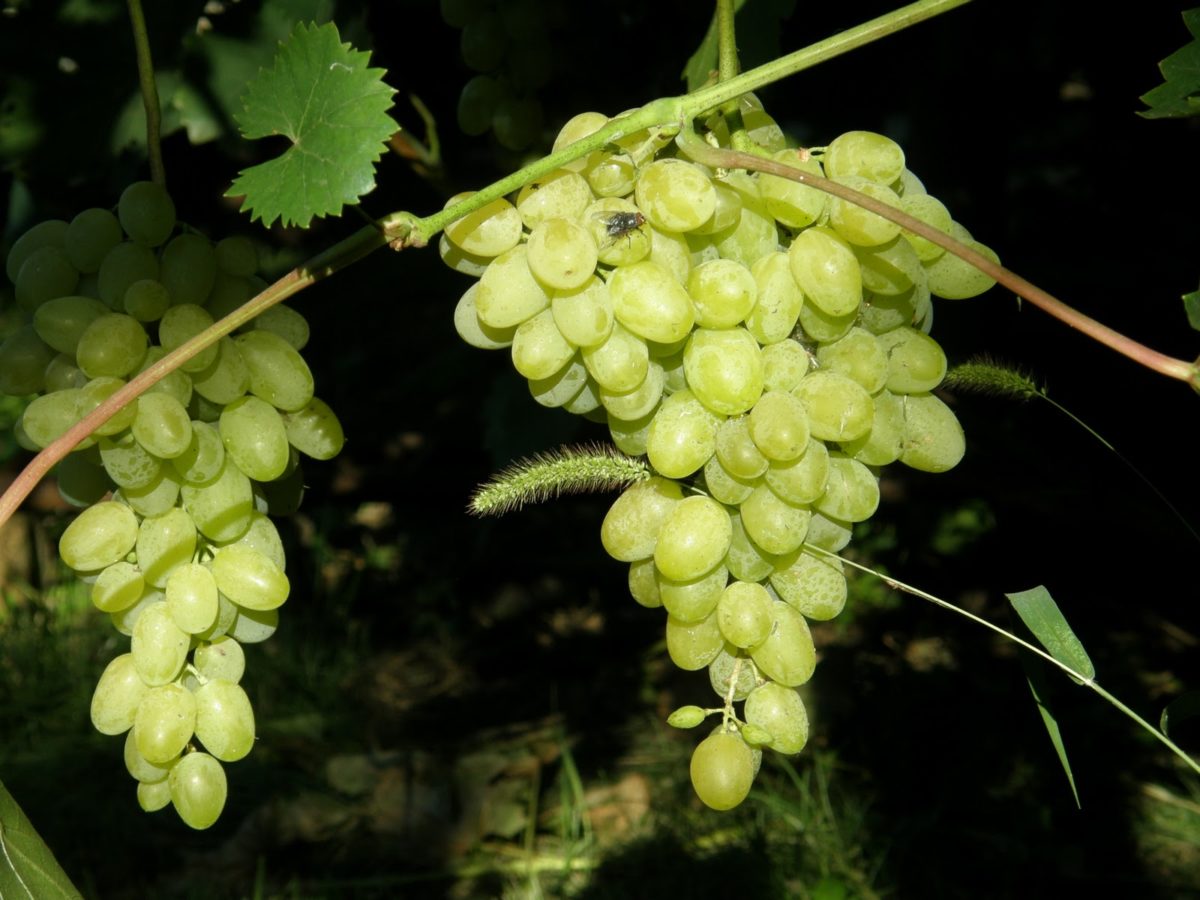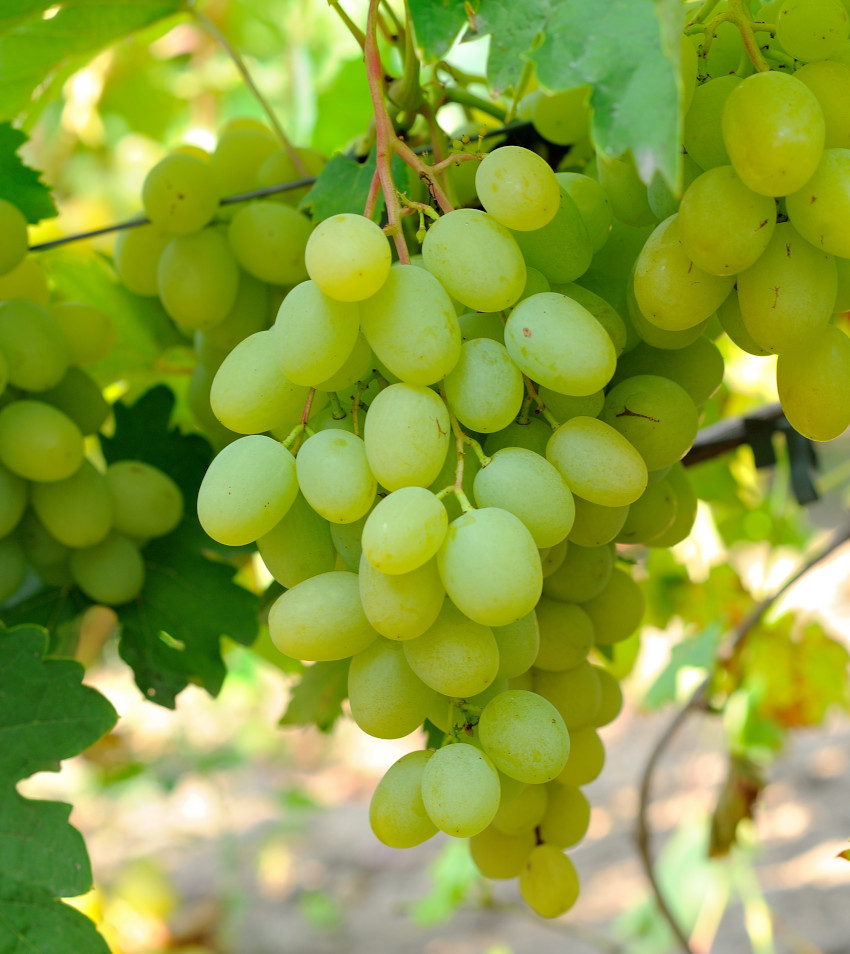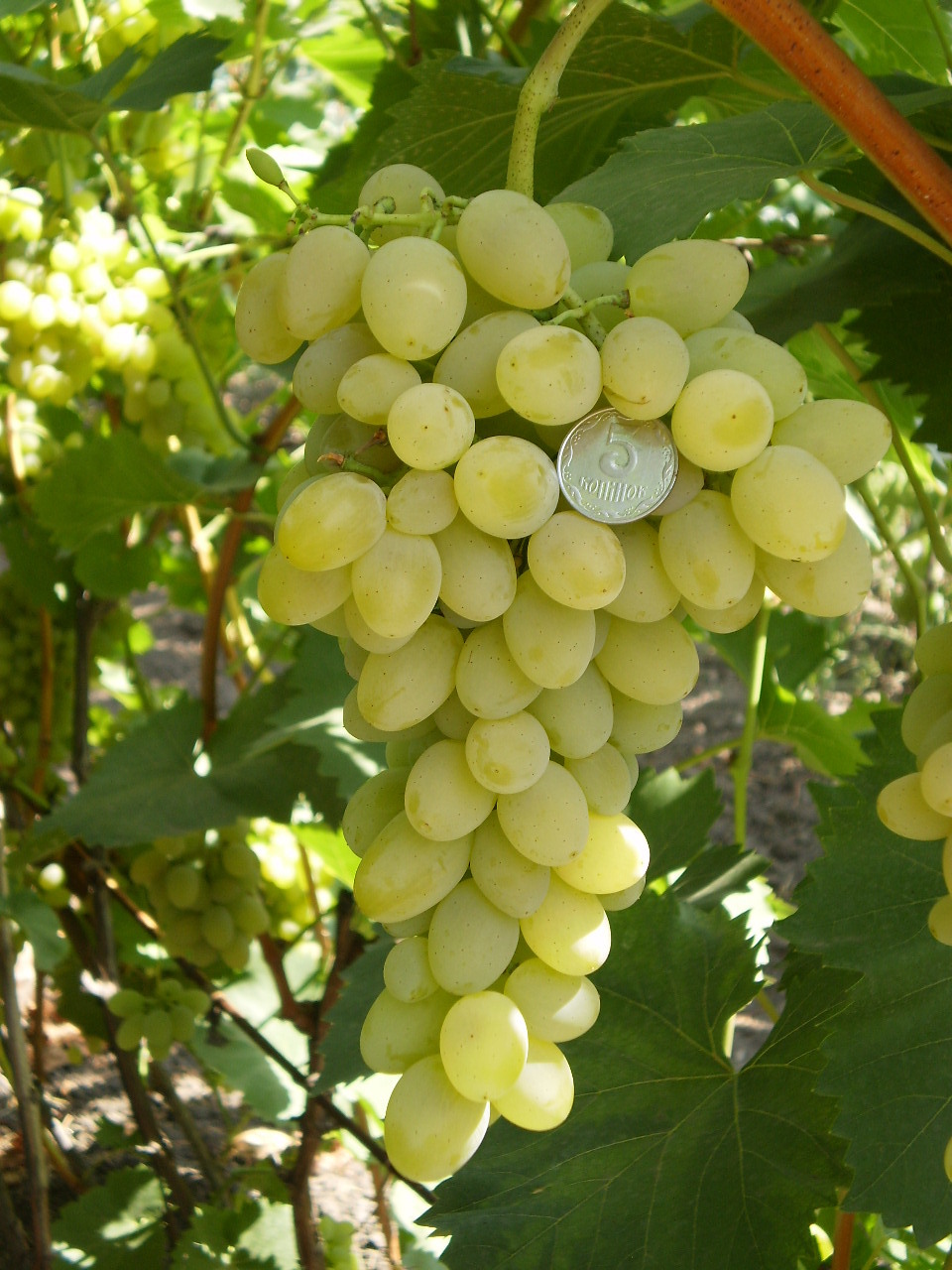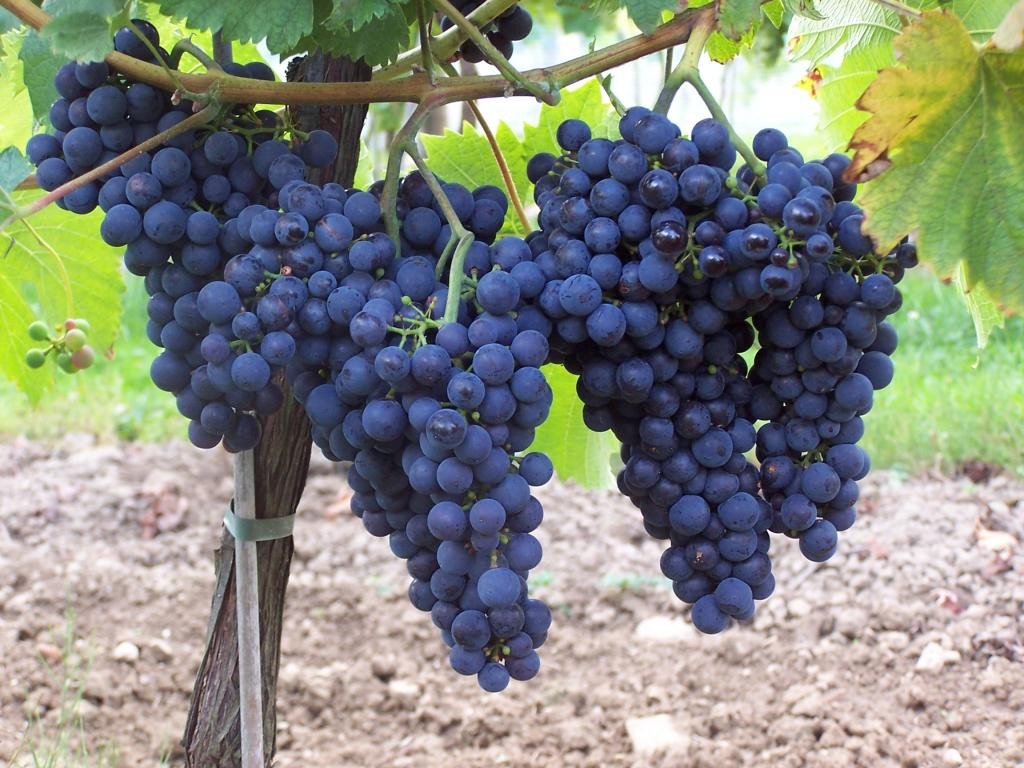Grapes
The science of grape varieties, ampelography, was created by the Greeks. With the Roman conquerors, Gauls and Germans joined the culture of winemaking and viticulture. The Romans expanded the boundaries of the cultivation of this berry. But they hardly expected that grape varieties and hybrids would develop territories with a climate where they had never dreamed of viticulture before. An example of such an expansion is the Transfiguration grape, the size of the bunches and the yield of which excites the imagination of gardeners.
An ordinary buyer appreciates grapes for large sweet berries, choosing purple, pink or yellow grapes that they like. And the name of the variety, no matter what, is taken on faith from the lips of the seller. The gardener, first of all, pays attention to the variety - the embodiment of the most attractive qualities of the culture. One of the grape varieties great for beginners is Augustine.
Gardeners who have been dealing with grapes for several years know about such a famous amateur breeder as Viktor Nikolaevich Krainov. They know and grow the hybrid forms created by him. Many varieties from the so-called Krainov's three have settled on the plots: Victor, Anniversary of Novocherkassk and Preobrazhenie. At one time, NiZina became a legend. Bogatyanovsky grapes were also created by this talented creator. And you really need to be a very sophisticated winegrower to find flaws in this hybrid form. Very insignificant, but they, nevertheless, are, however, they can be easily adjusted when growing.
Among the many grape varieties, those that ripen at a record early date and are intended for fresh consumption are in high demand. And although in recent years the number of such varieties has been growing steadily, many popular varieties, known for a long time, do not go out of fashion and are trusted. One of them is the Bulgarian grape Pleven.
